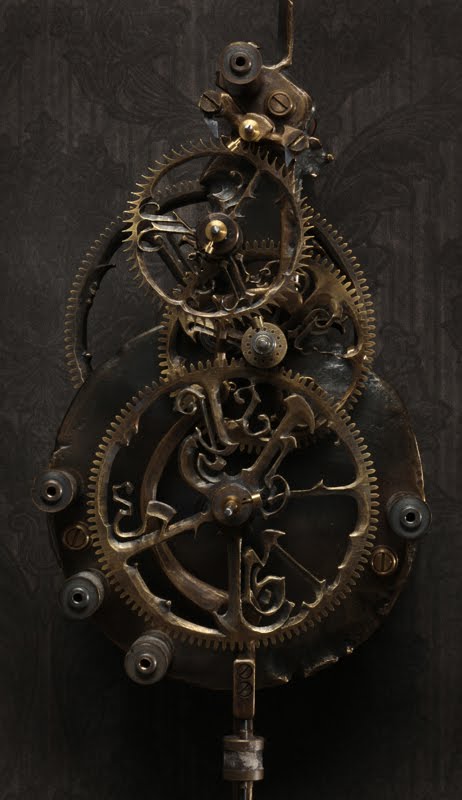Hovercraft is powerful stuff, very dynamic shifts and textures
Hovercraft was an instrumental experimental rock group that formed in Seattle, Washington in 1993. It was co-founded by its core duo of guitarist/samplist/tape looper Ryan Shinn, and bassist Beth Liebling. Liebling and Shinn would use the pseudonyms "Sadie 7" and "Campbell 2000", respectively, throughout the duration of the band's history. Hovercraft has been cited as one of the most abrasive, non-commercial sounding bands ever to receive major-label distribution for its albums. Though somewhat overlooked and sometimes heavily criticized because of the band's early association to a platinum-selling rock star,
(Eddie Vedder)the group was largely well-respected and well-received by critics and developed a cult following.
Angular momentum (live performances, motifs)
Live shows were marked by a stage prepared in advance of entrance by crowds. When the band did enter, not a word was uttered, and eye contact was never made with spectators. The stage was shrouded in darkness as a projector played black & white scientific films and space-themed documentary clips from the reel-to-reel era (1940s-1970s), and free-use stock footage, somewhat synchronized to the music. Examples of film material include insects mating, time-lapse footage of flowers blooming, and asteroids crashing. Though often featuring fragments of album tracks, each live show was played as a single forty to forty-five minute long semi-improvised piece with no breaks. The film collages were created by Shinn and Liebling, and were altered for each tour the band went on. According to Shinn, the band used films in their concerts "since the very first show."The group's artwork, album and song titles ("Haloparidol", "Vagus Nerve", "Phantom Limb", "Endoradiosonde" (a kind of "Radio Transmittor Pill", "Benzedrine", "De-Orbit Burn") featured foreboding themes of medical, astronautical and scientific experimentation, satellite imagery, hallucinations, and medical conditions. Though these are common in the post-rock, space rock and avant-garde music scenes, Hovercraft's are likely bolstered by Shinn and Liebling's medical/scientific training, as well as their youths:
-
- "I think that we've always wanted to be doctors and psychiatrists. I was really sick when I was a kid so I grew up in a lot of hospitals. Sadie was in a couple of institutions... so I think we all had our eyes wide open. So I guess we've always wanted to see it from the other side." - Shinn, 1997 interview[7]

No comments:
Post a Comment